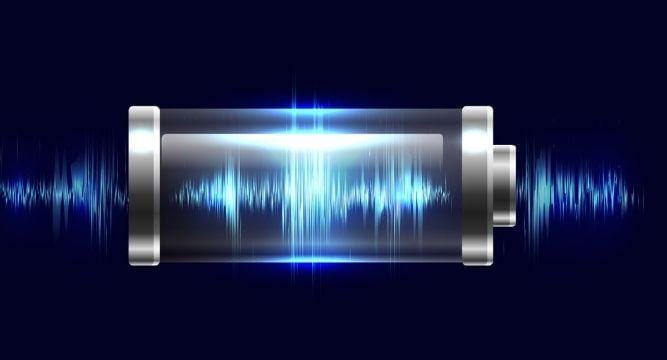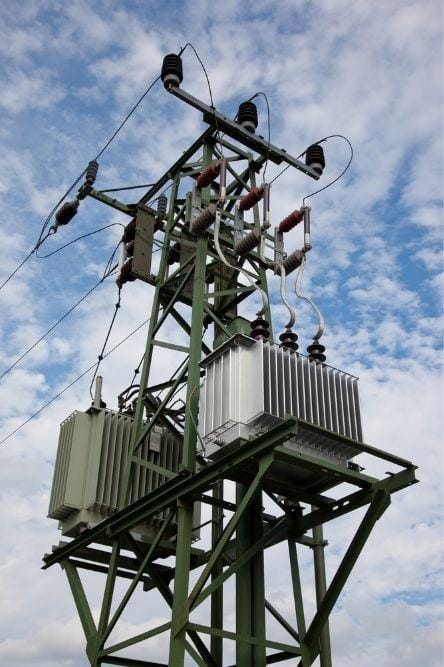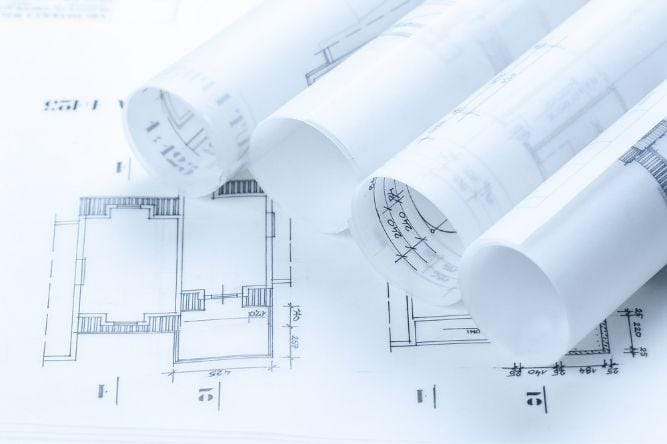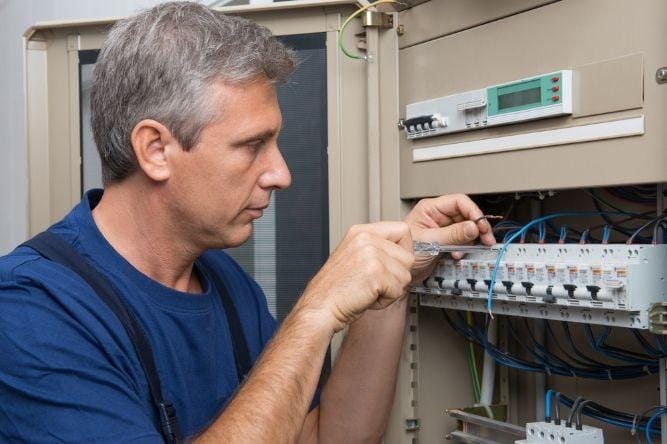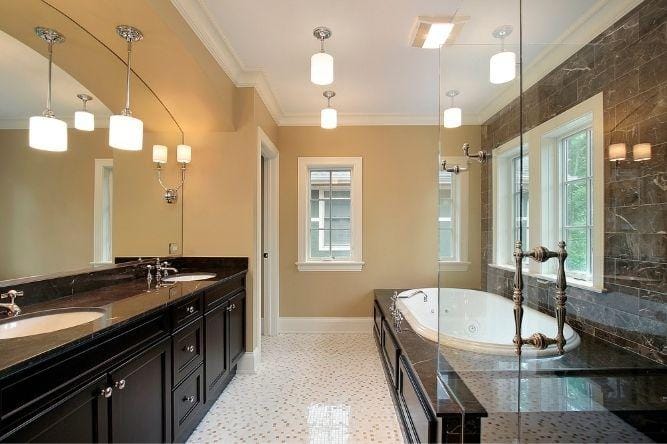Upgrading Your Electrical Panel

Your electrical panel is constantly working hard behind the scenes to provide the flow of power to the rest of your home. Panels take the electrical current that enters your home and move it safely to the various areas that require power. Sometimes, you might notice that your electrical panel is struggling to perform its job well.
When should you consider upgrading your electrical panel? Here are a few things you should pay attention to regarding an upgrade to your electrical system:
Your Electrical Panel Surpassed Its Expected Lifespan
Like all your appliances, electrical panels have an expected lifespan that you should consider before you make an upgrade. Most of the models on the market today will last at least 25 years, though some can extend up to 40 years.
It might be time for an electrical panel upgrade if yours falls outside this window.
Flipping Circuit Breakers
Do you find yourself constantly returning to the circuit breaker panel to flip the switch and repower the rest of your home? This is a sign that a professional electrician needs to take a look at your home's electrical system and possibly update it.
An occasional flipped breaker might not indicate an issue, but keep an eye on repeated issues.
Alternatively, electrical panel upgrades might be warranted if your current electrical panel doesn't use circuit breakers at all. This is common in much older homes and may even be an indicator that your panel is past its useful lifespan. Upgrade electrical panel systems to meet the current criteria for safety.
Spotting Electrical Hazards
Electrical fires should be a major concern for every homeowner. If you notice that you smell burning, the first place you should look is your electrical panel. When the smell of smoke seems to be originating from the electrical panel, get help immediately!
If your electrical panel is warm or hot to the touch, you need help as soon as possible! Make sure that the burning smell originates with your panel and not the plastic of your outlet; this could represent a different problem altogether.
Along the same lines, look for signs of rust and water damage. Don't touch electrical panels that show signs of water damage! Rust, broken pieces, and even corrosion are all signs that an upgraded electrical panel is required. Electrical systems should never be wet, so this should be a major cause for concern.
Get Help From Trusted Electricians
Is it time to consider upgrading electrical panels in your home? An efficient electrical system minimizes your risk of house fires and can keep your home running smoothly. But you should only trust the installation of a new electrical panel to a licensed electrician. If you need Winnipeg electricians, Powertec Electric can help.
We can replace your existing panel with something new and more effective. Reach out to us today to learn more!



